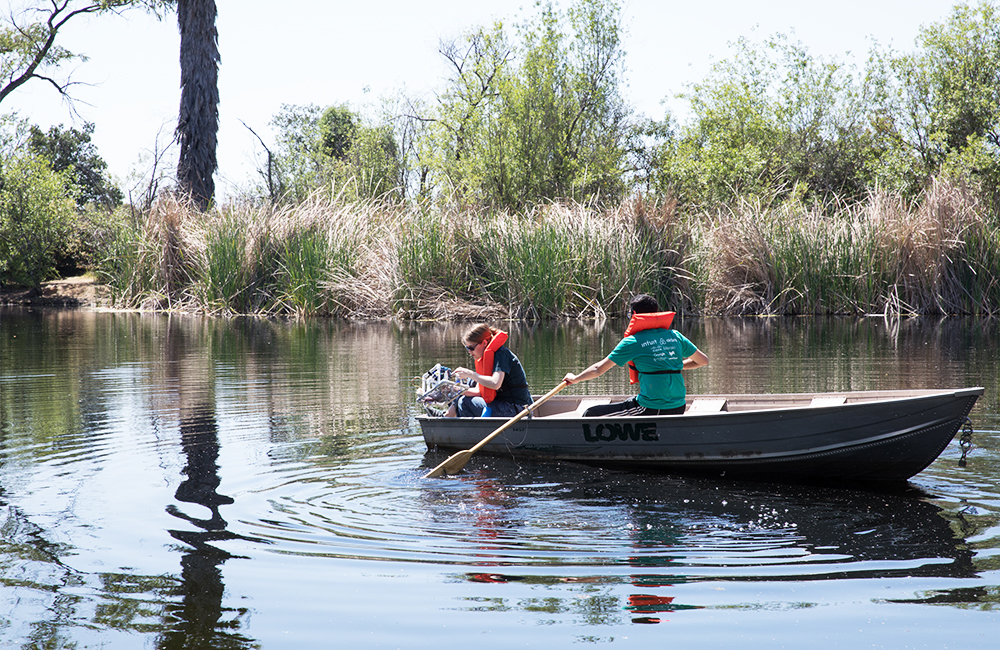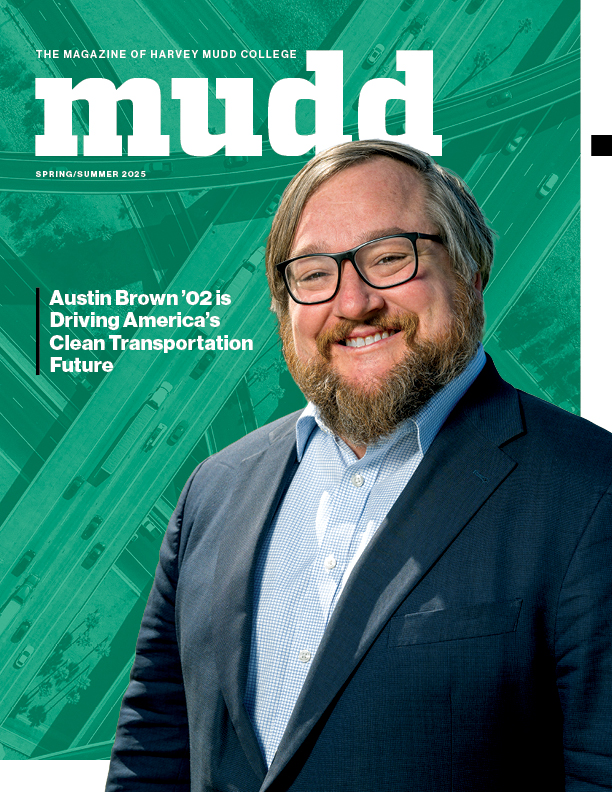Engineering by (Re)Design
August 9, 2017
Engineers are known for taking things apart to determine how they work and then making improvements before putting them back together. That’s exactly what the Harvey Mudd College Department of Engineering did from 2014 to 2016 with the redesign of its Introduction to Engineering Systems course, and a recent paper on the experience has garnered attention from the American Society for Engineering Education (ASEE).
The paper, “Integrating Theory and Hands-On Practice using Underwater Robotics in a Multidisciplinary Introductory Engineering Course,” won second place in the First-Year Programs Division and first place for presentation in the same division at the 2017 ASEE Annual Conference and Exposition in June.
Authored by Department of Engineering Professors Nancy Lape, Lori Bassman, Christopher Clark, Albert Dato, Angela Lee, Matthew Spencer and Erik Spjut and Director of Institutional Research and Effectiveness Laura Palucki Blake, the paper describes the team’s process of redesigning the course from the lecture model to a model that includes active learning (flipped classroom) tutorials and hands-on practicums.
“We wrote the paper to share the work we did and the successes we had with the engineering education community,” says Lape. Most notably, the redesign, like the paper itself, seems to draw its success from the cooperation and input of the design team members, a point the group was eager to make.
“While the course itself is a template that others could try to replicate when redesigning courses, the design process that brought together so many professors with so many ideas created the largest impact,” says Clark. “For example, Professors Lape and Spjut integrated their previous experience with flipped classroom instruction, Prof. Spencer created a large number of electronics practicums and Prof. Bassman brought her experience in redesigning E72 using in-class, hands-on, interactive tutorial sessions.”
The multi-year process, which required major commitment from the department and the College as well as a great deal of work from the faculty, seems to have paid off: Resulting evaluation measures show significant increases in student learning, perceived understanding of the field of engineering and an erasure of a previous gender gap in course performance.
“The entire department was involved in the overall data gathering and redesign,” says Lape.
Asked if she was surprised by the project’s success, Lape admits it wasn’t unexpected. “In many ways, I was not personally surprised, given all of the work we put into the course and the fact that we employed a large suite of research-proven educational practices in our design and development,” she says.
